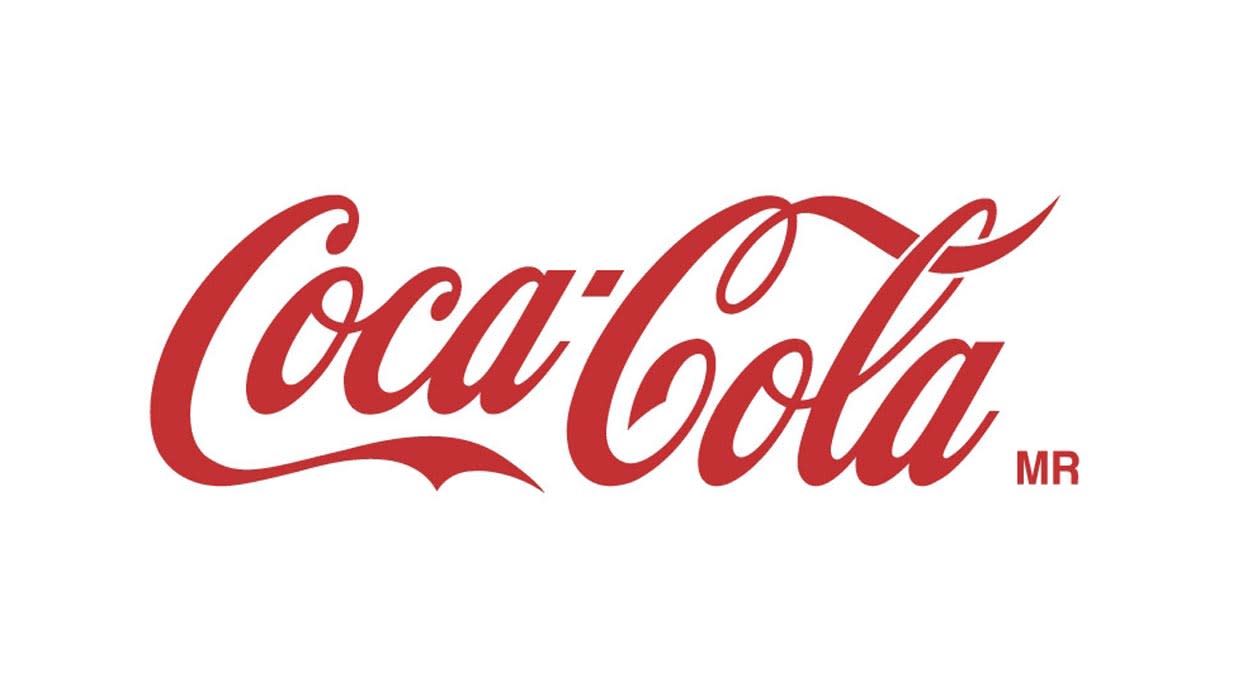Coca-Cola’s second-quarter underlying revenue grew 10% organically to $12.4bn, ignoring currency impacts. This was driven by higher prices and volumes, as well as helpful timings of shipments.
Underlying operating profit rose 18% to $4.0bn. This uplift was the result of both top line growth and improved margins, which more than offset increased marketing spend.
Free cash flow was $0.7bn lower at $3.3bn, largely due to higher tax payments. Net debt fell from $23.8bn to $21.0bn over the first half.
Full-year organic revenue and underlying earnings per share (EPS) growth guidance has been upgraded from 8-9% and 11-13%, to 9-10% and 13-15% respectively.
The shares rose 1.7% in pre-market trading.
Our view
Coca-Cola’s had a sparkling second quarter, with both revenue and operating profits moving higher at double-digit rates. We’re pleased to see this uplift come from a healthy mix of both price and volume growth. It’s given Coca-Cola the confidence to nudge up full-year guidance for the second time this year, and we think the new targets look achievable.
A key thing differentiating Coca-Cola from most other drink makers is its operating model. Rather than investing in big manufacturing plants, Coca-Cola partners with, and holds stakes in, local bottling companies in what's known as the Coca-Cola System. That allows the group to keep a lid on costs and supports its industry-leading gross margins, which hover around the 60% mark. Instead, Coke concentrates its efforts on selling the syrups themselves and marketing its brands directly to consumers.
Fundamentally, Coca-Cola is a marketing machine, and its attention is devoted to soft drinks. A continued rise in marketing spend suggests the group isn't taking its foot off the pedal. Coke is updating its strategy and brand portfolio to focus more on sharpening its proposition on a regional and local level, but it looks more like a refinement than a revolutionary change to us. Nonetheless, it's encouraging to see the group moving forward.
Coca-Cola's diversification has undoubtedly played a large part in its resilient sales too. The group owns other household favourites like Fanta, Sprite and Schweppes, and the acquisition of Costa Coffee put Coke in the hot beverages market for the first time. We see this as a positive add-on in a segment of the drinks market that still has room to grow.
The company’s balance sheet is in good shape, with net debt trending lower. Alongside healthy free cash flow generation, we think the group has plenty of room to funnel cash into other areas of the business. We wouldn’t rule out increased share buybacks or new acquisitions in the near to medium term either. But as always, no shareholder returns are guaranteed.
Coca-Cola owns one of the strongest brands in the world, and there's a lot to be said for that in an uncertain environment.. Given the impressive profit growth and strong balance sheet, we think this marks an opportunity to pick up a quality company at a reasonable valuation, in-line with the long-term average. But investors should remember nothing is immune to ups and downs, especially in the short term.
Environmental, social and governance (ESG) risk
The food and beverage industry tends to be medium-risk in terms of ESG though some segments like agriculture, tobacco and spirits fall into the high-risk category. Product governance is a key risk industry-wide, especially in areas with strict quality and safety requirements. Labour relations and supply chain management are also industry-wide risks, with other issues varying by sub-sector.
According to Sustainalystics, Coca-Cola's management of ESG risk is strong. The group is committed to reducing its water use through targets and deadlines aiming for 100% regenerative water use in all facilities by 2030. It also offers strong human capital development programmes. However, there is potential for cases of deceptive or false advertising regarding the health benefits of the products, and this may increase as the market for healthier beverages and lower calorie alternatives continues to grow.
Coca-Cola key facts
All ratios are sourced from Refinitiv, based on previous day’s closing values. Please remember yields are variable and not a reliable indicator of future income. Keep in mind key figures shouldn’t be looked at on their own – it’s important to understand the big picture.
This article is not advice or a recommendation to buy, sell or hold any investment.No view is given on the present or future value or price of any investment, and investors should form their own view on any proposed investment.This article has not been prepared in accordance with legal requirements designed to promote the independence of investment research and is considered a marketing communication.Non - independent research is not subject to FCA rules prohibiting dealing ahead of research, however HL has put controls in place(including dealing restrictions, physical and information barriers) to manage potential conflicts of interest presented by such dealing.Please see our full non - independent research disclosure for more information.


